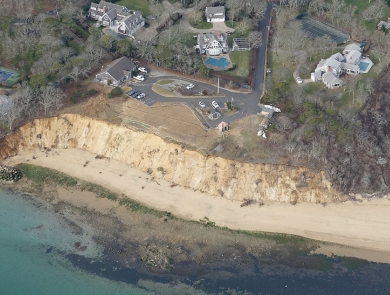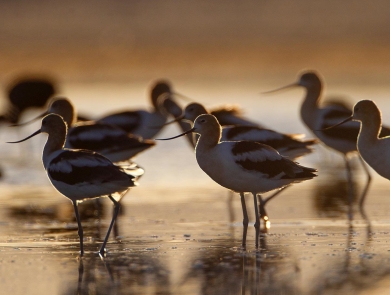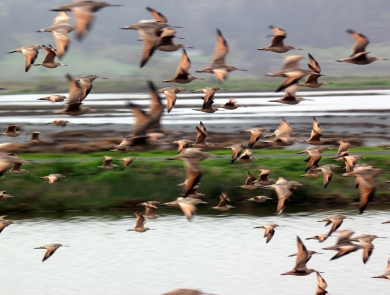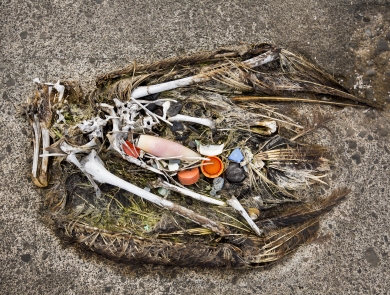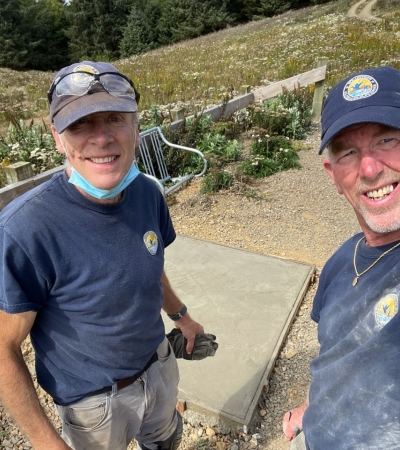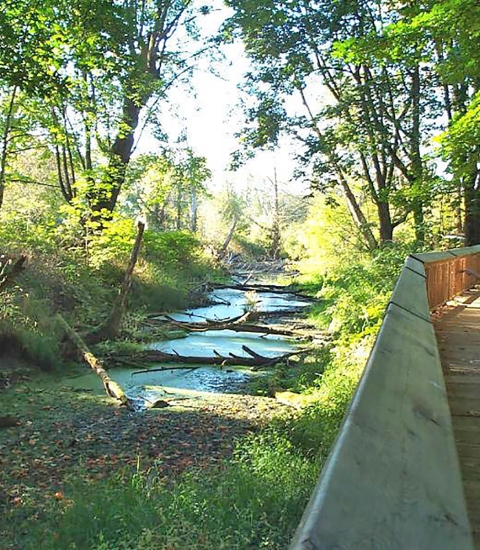Location
1020 Ranch Road
Loleta, CA 95551
United States
Volunteer Position Overview
About This Position
The Visitor Services RV Host Volunteer lives in their own RV on site at Humboldt Bay National Wildlife Refuge Complex Headquarters, 1020 Ranch Road, Loleta, California. The site provides electricity, sewer and water (bottled water should be used for drinking and cooking). There is access to a shower in the shop and washer/dryer and Wi-Fi at the Bunkhouse if needed. The closest services (gas, groceries, medical) are in Eureka CA to the north or Fortuna CA to the south, both about 8 miles.
Primary Duties:
· Provide a minimum of 24 hours of service per week.
· Open/close Hookton Slough Unit gate weekends (Friday – Monday)
· Open and/or close the Salmon Creek Unit Gate and Visitor Center when scheduled to work.
· Staff the Visitor Center/Trailheads. Shifts to be determined.
· Provide public awareness and understanding of the Refuge Complex including answering questions, directing phone calls to staff, providing information on educational and recreational opportunities, and informing visitors of rules and regulations.
· Keep the Visitor Center and public restrooms clean and well-stocked.
· Perform site visits to the Hookton Slough Unit at least twice per week; clean and stock restroom, walk trail, pick up litter.
Volunteers may also become involved by assisting with the following duties:
· Outreach, environmental education and special event planning and facilitation
· General maintenance
· Habitat restoration and native garden maintenance
· Biological surveys
· Researching, preparing, and presenting interpretive programs and guided walks
· Cataloging and caring for Refuge collections (publications, photographs, specimens and artifacts)
· Clerical and administrative procedures
For a full job description and further information, contact
Denise Seeger denise_seeger@fws.gov 707-733-5406
Duties/Activities
Stories About Volunteering
Other Ways to Work with Us
Are you looking for something different than a volunteer opportunity? The Fish and Wildlife Service employs around 9,000 people nationwide and offers great internship opportunities every year.
